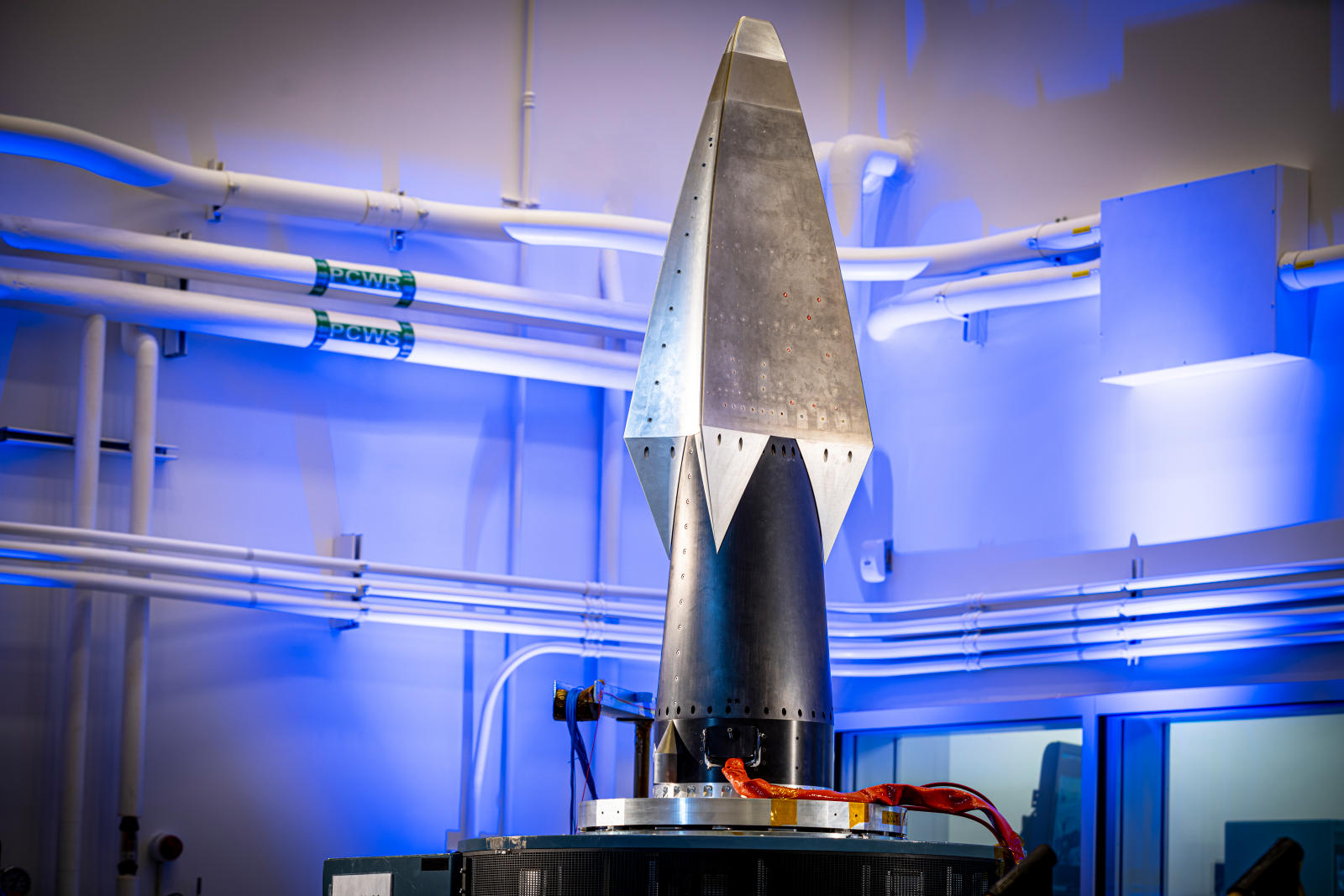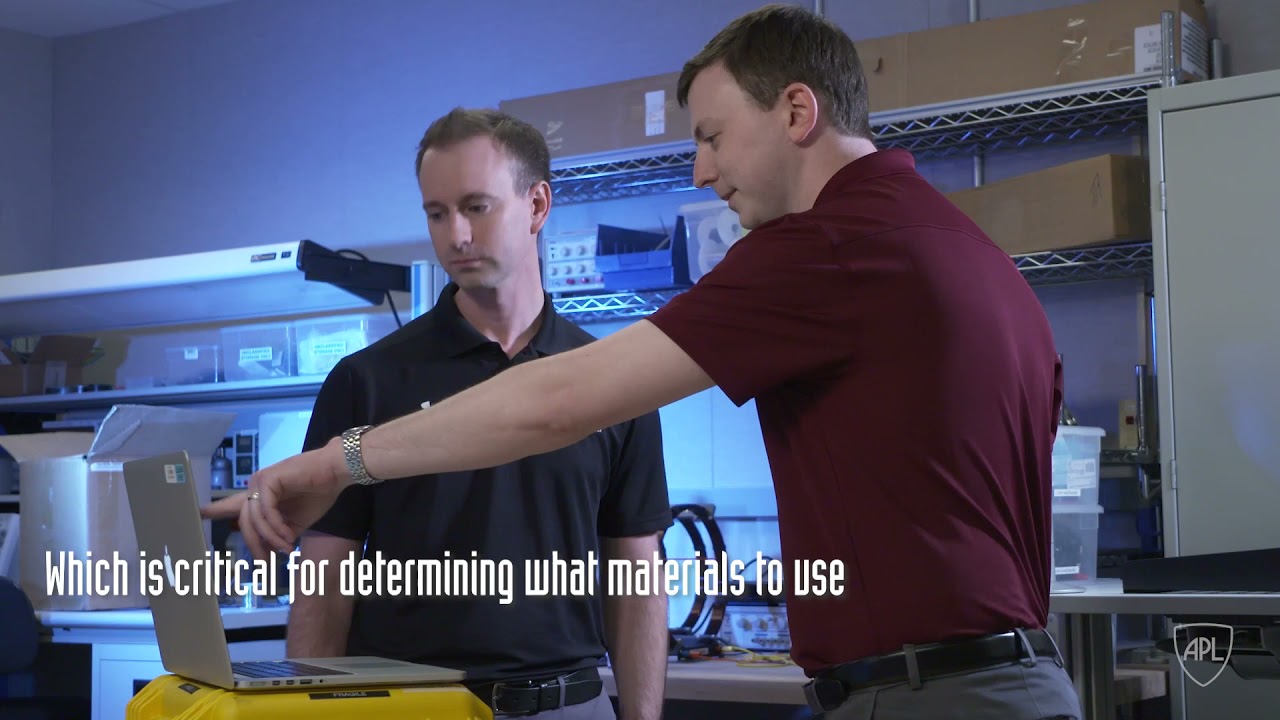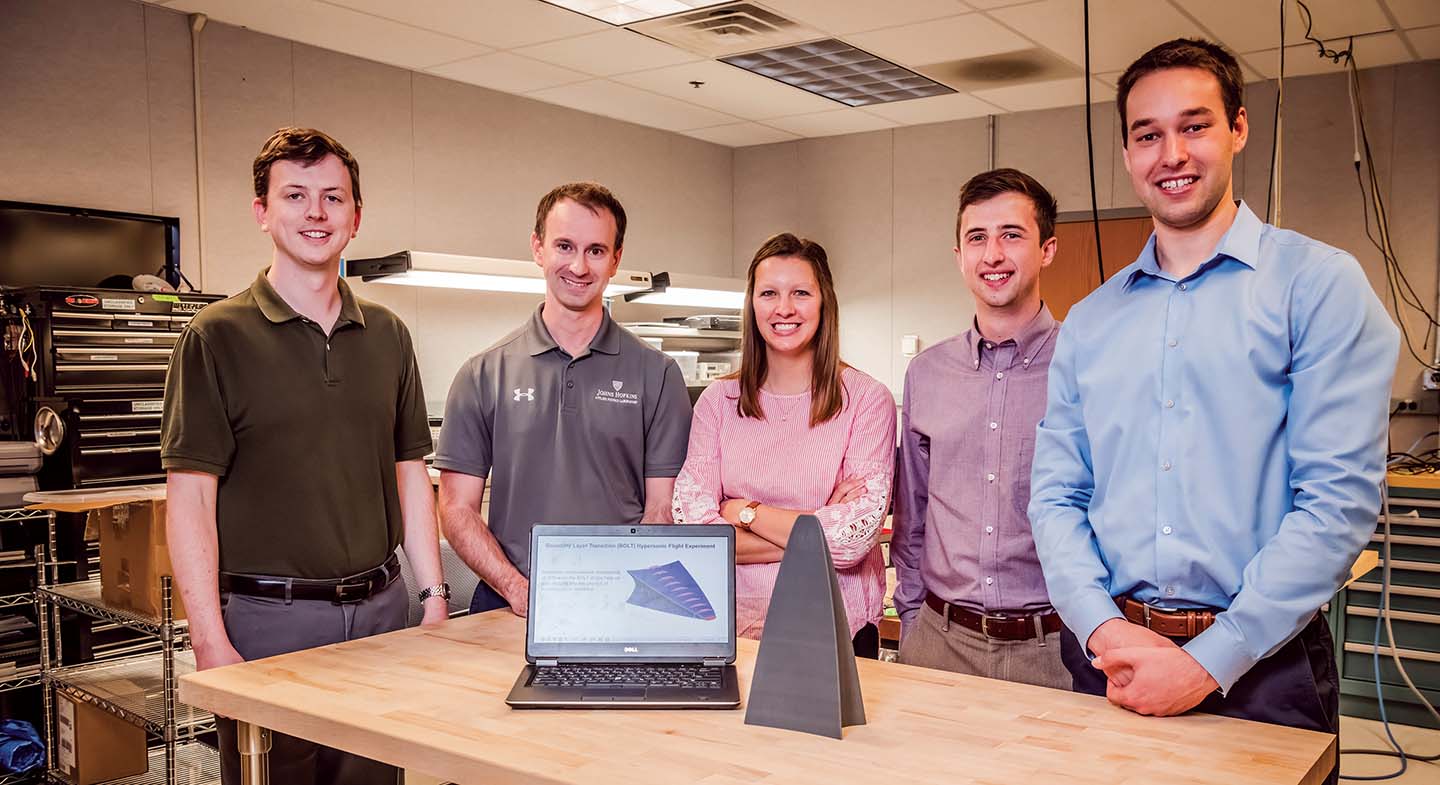Our Contribution
Hypersonic vehicles move fast—faster than five times the speed of sound, or Mach 5. Being able to pinpoint whether the air is laminar (moving in a smooth, straight line) or has transitioned to turbulent (swirling in eddies, with up to eight times the heat transfer) is critical for determining what materials to use when designing hypersonic aircraft and missiles. Figuring out where boundary layer transition occurs also helps better predict vehicle controllability and aerodynamic drag. However, multiple factors—including vehicle shape, speed, and altitude—make identifying boundary layer transition extremely difficult. After being awarded a research grant from the Air Force Office of Scientific Research, a team of APL researchers set out to advance our knowledge of boundary layer transition physics through a series of experiments called BOLT. BOLT builds on recent work to study transition in simple conical shapes and uses it to develop new physics-based transition prediction tools. The BOLT team set out to apply these state-of-the-art tools to a new, more complex geometry, where the physics of transition are not yet known. To achieve this, the team is conducting computational analyses and wind-tunnel tests to characterize boundary layer transition on the geometry over the course of the next three years, culminating with a test experiment to measure boundary layer transition in hypersonic flight.



